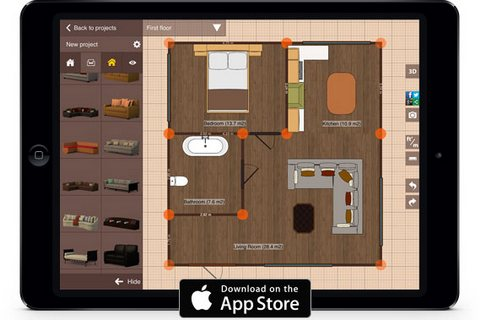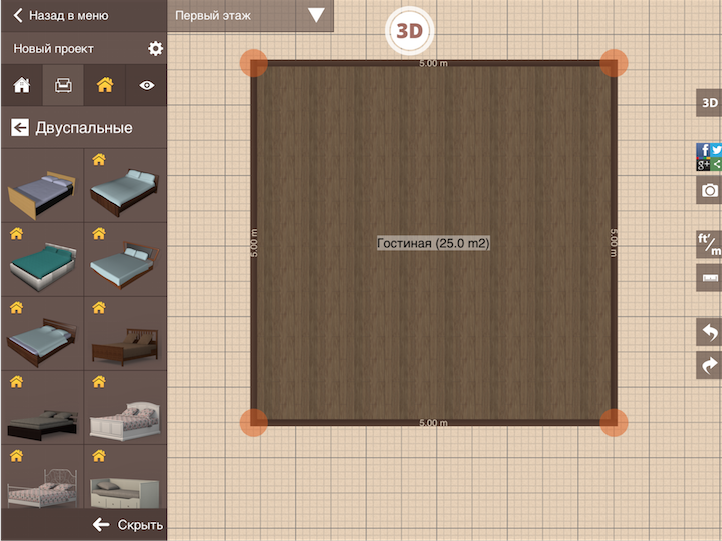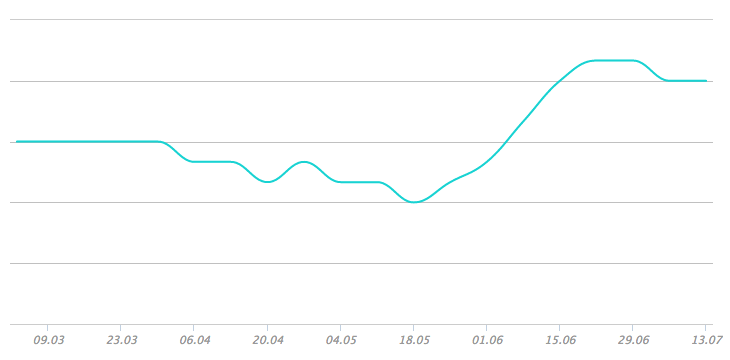Case Planner 5D: how devtodev analytics helped increase ARPU by 25%

We all strive to earn more. When developing a new application, whether it be a game or a SaaS service, you set a goal to get more money. And analytics (especially in the case of mobile and web applications) is a tool that serves this purpose. Therefore, at devtodev, we strive not only to integrate a new client, but also to help him increase financial performance.
We also want to talk about one of these cases. We are talking about the Planner 5D service , which allows you to create detailed floor plans and realistic interior design professionally, without requiring special training.
The goal was simple: to increase users ARPU (we are sure that you also want this). In fact, an increase in ARPU (provided that the audience remains the same) means an increase in revenue by the same percentage.
We will make a reservation right away: we will not name specific values, except for percentage growth. Still privacy.
First, the service was analyzed by devtodev specialists, and the following features of the service were revealed:
- The project has a relatively low percentage of paying users by the standards of SaaS services.
- It is especially noteworthy that a large proportion of non-paying users are included in the application regularly (once a day and more often). That is, the proportion of those who could be monetized is very large (from a third to half of all users).
- Lifetime non-paying and paying users are about the same.
- Despite the significant difference in price, about the same number of people buys weekly, monthly, and annual subscriptions.
- The project has connections with social networks, but it requires a username and password when entering each network.
Based on the identified features, the following recommendations were issued:
- Adjust the balance between paid and free use of the application. Most users prefer the free version even with a large number of sessions per day - it is possible that the functionality of the free version is too wide.
- Change the price of a weekly subscription so that more users can see the benefits of paid use.
- Apply discount promotions that would allow you to convert non-paying users into paying ones.
- Add the ability to automatically login to social networks.

Recommendations recommendations, but the decision remains with the service representatives. What was finally done:
- The free version reduced the amount of furniture in the catalog. In order to get all kinds of furniture, you need a paid version.
- The weekly subscription was excluded from the catalog along with a two-month subscription (so far only for the web version).
- The price of a monthly subscription has been lowered.
- For Android and web versions, discount coupons have been made.
- Added the ability to automatically login to social networks (only for the web version).
- Users who, after three days of using the service did not buy a single subscription, began to show ads.
The result was not long in coming:
ARPU grew by 25%. And we are sure that this is only the beginning.

With this example, we want to show that analytics should not be for analytics. Behind the charts and numbers you can always find problems, bottlenecks and features of the service, and then develop recommendations on how to eliminate these bottlenecks, solve problems and play on the features in order to ultimately get more money.
This is an important process that:
- works;
- must be permanent.
We hope our experience inspired you to begin such changes. And if there are problems - contact!
